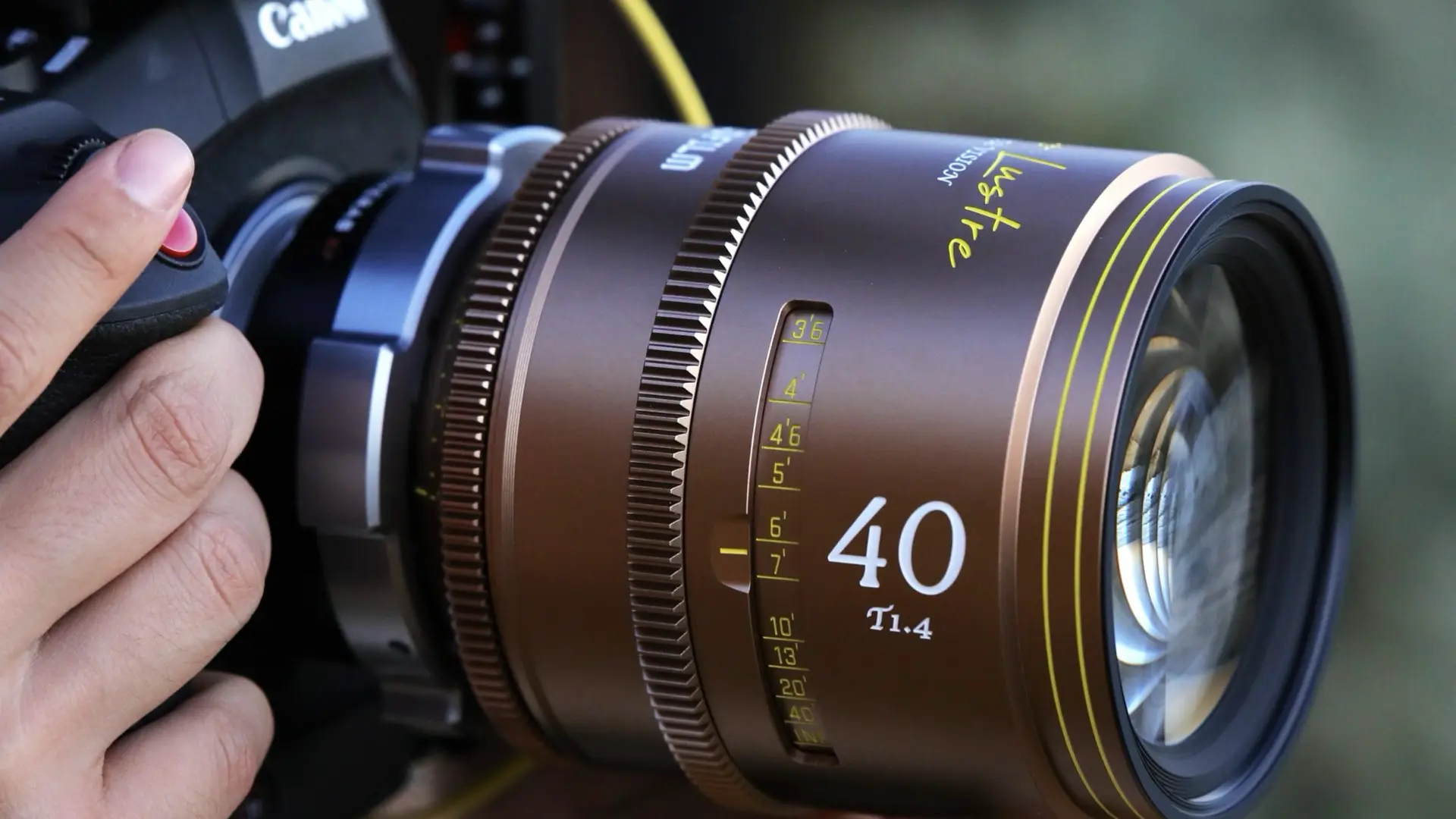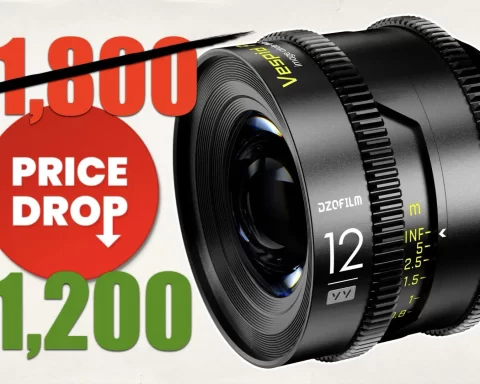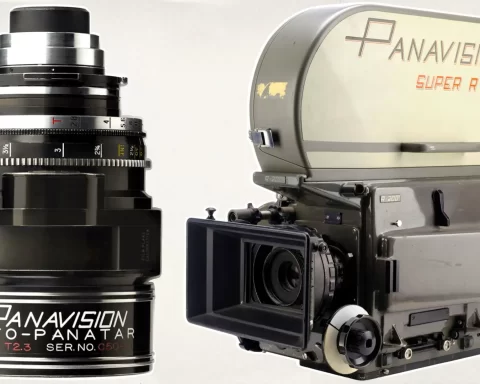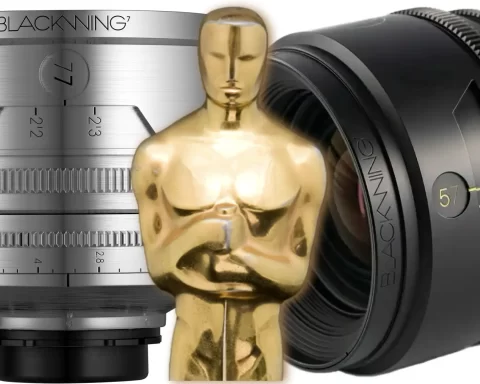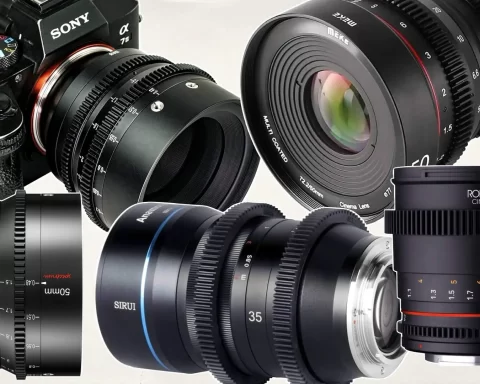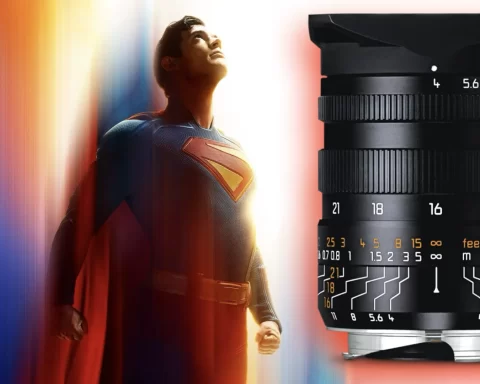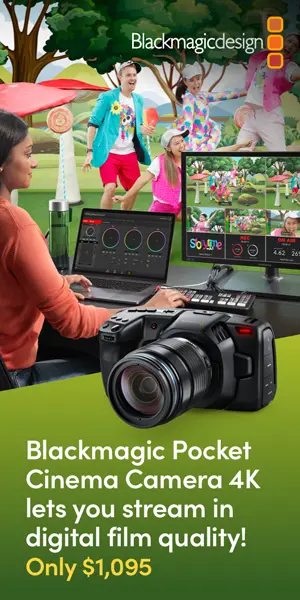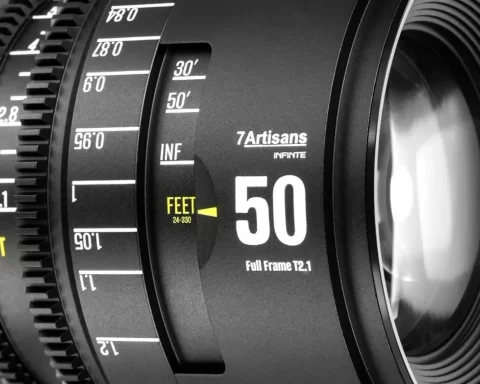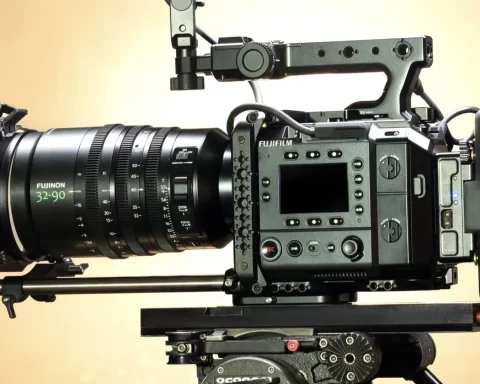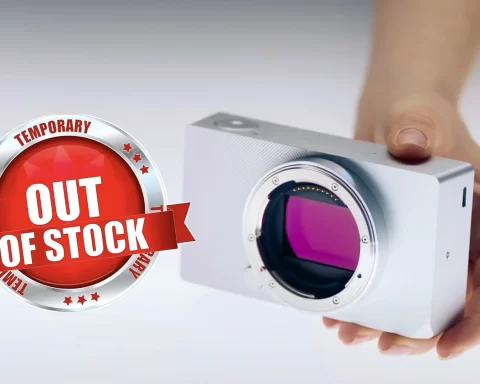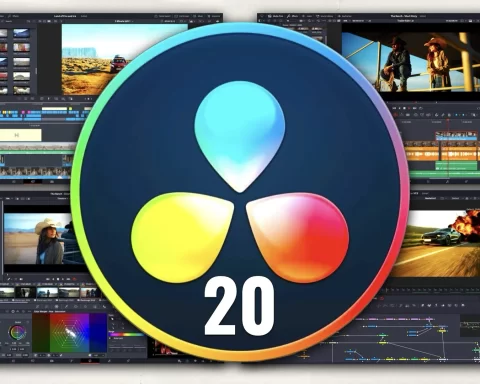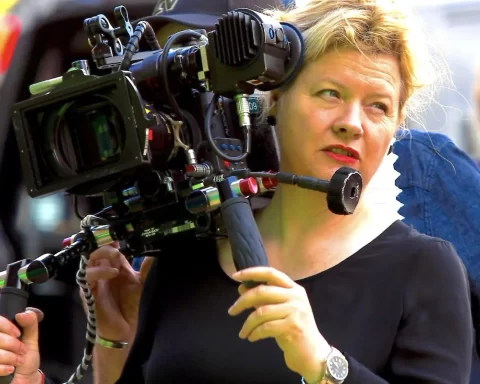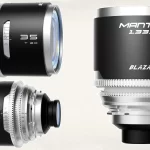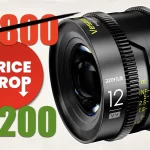DZOFILM has announced a new line of cinema prime lenses under the Arles banner, named Arles Lustre. Unlike the previous Arles T1.4 series, which leaned toward a clean, modern rendering, the new Lustre lenses aim to offer something less clinical: a blend of modern optical design with a vintage aesthetic touch. This release reflects an ongoing trend in cinematography—a return to characterful imagery that embraces imperfection, flare, and texture. Filmmakers today are increasingly looking to lenses as creative tools, not just technical instruments, and the Arles Lustre series is DZOFILM’s answer to that demand.
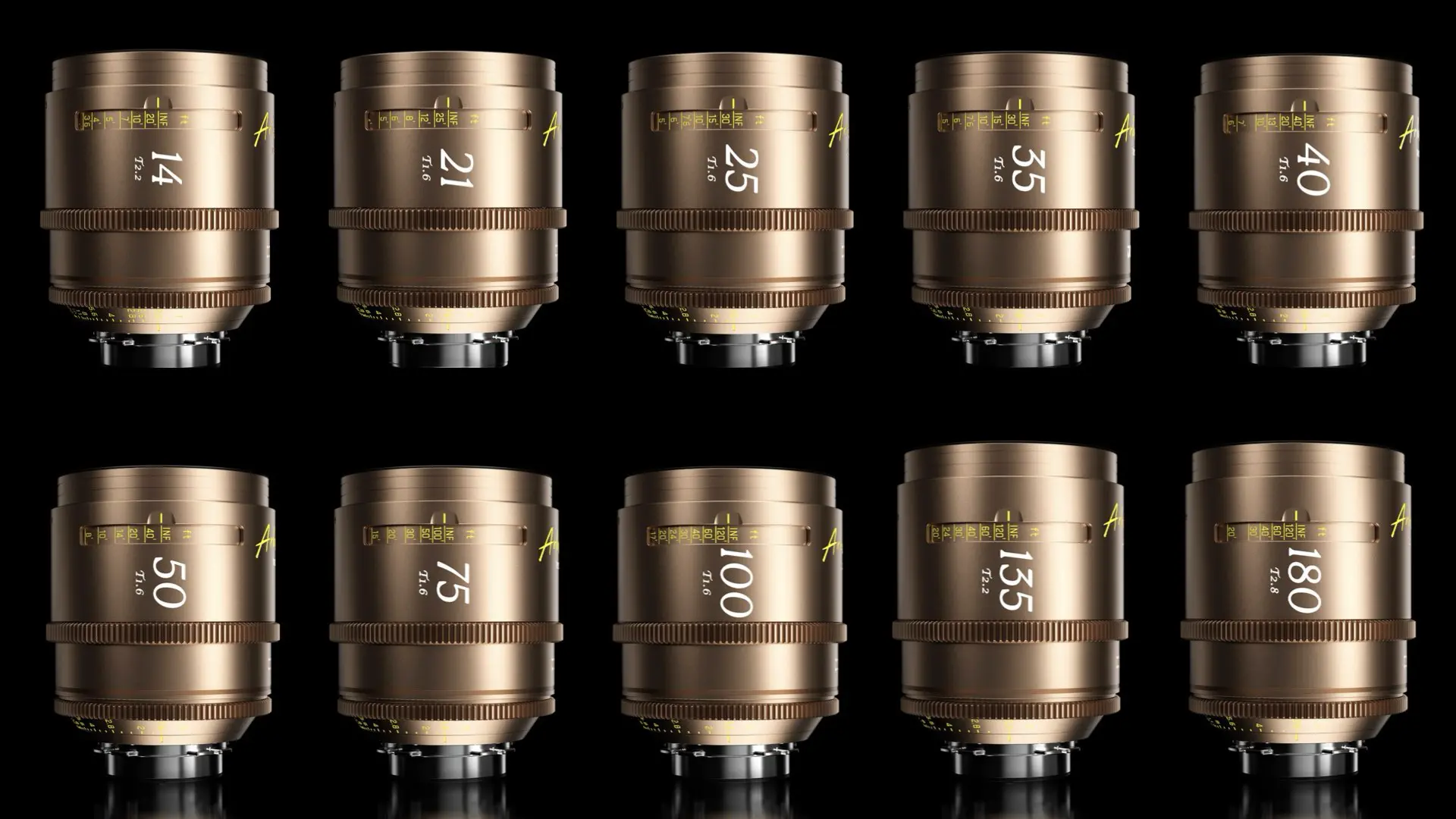
Designed for Expression Over Precision?
At T1.6, the lenses are slightly slower than the T1.4 counterparts but still fast enough for low-light and shallow depth-of-field work. The real departure lies in the rendering. DZOFILM says the Lustre primes produce “low-contrast poetic sharpness” and feature an “Amber Halation” coating designed to create soft golden flares and halation—reminiscent of older cinema glass from the analog era. This coating, alongside the inclusion of dual aspherical elements in focal lengths like 14mm, 21mm, and 25mm, suggests a hybrid design philosophy: maintain modern sharpness where necessary, but allow the image to breathe with organic softness and controlled imperfections.
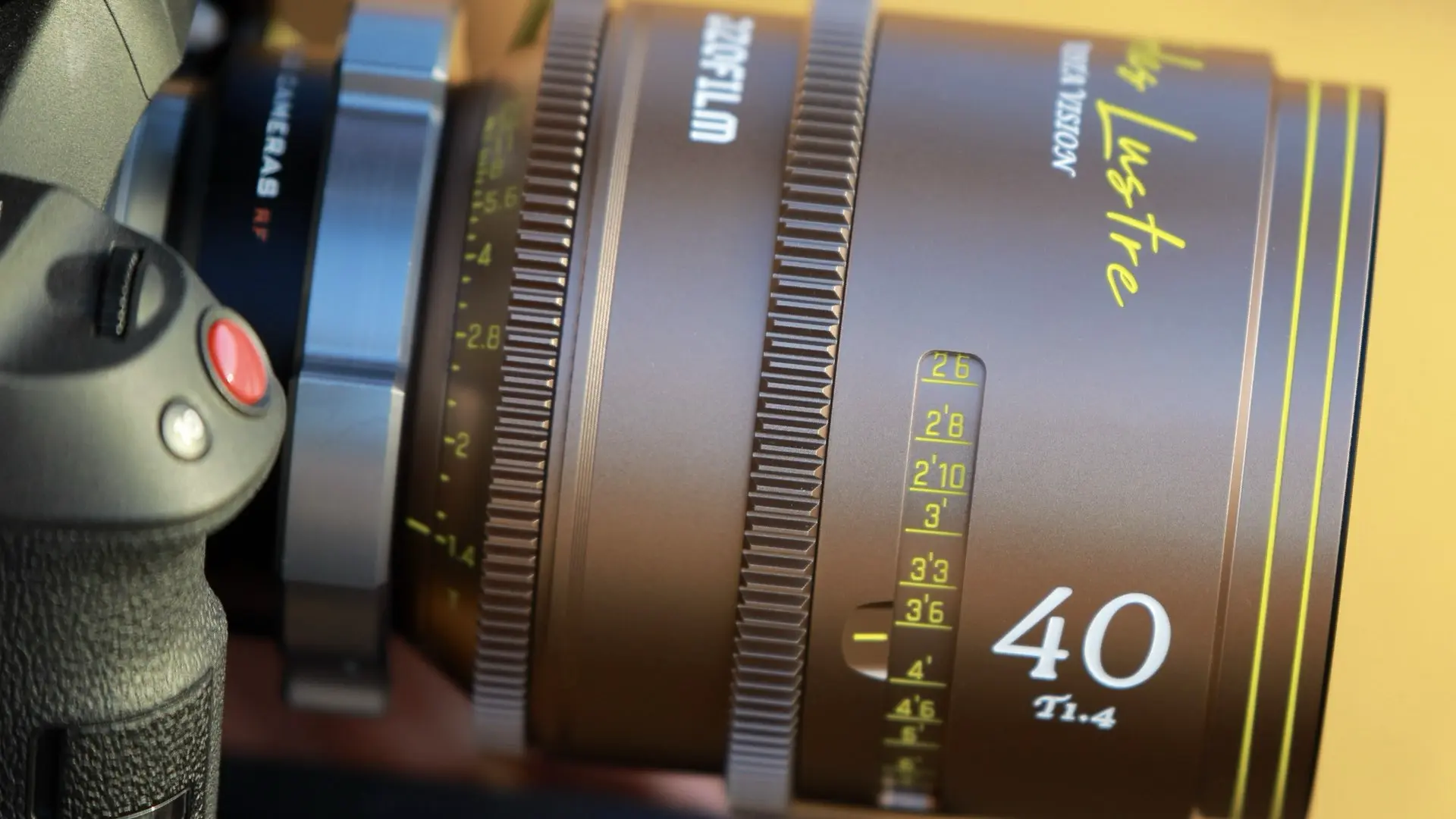
Optical Philosophy: A Technical and Artistic Balance
Over 50 iterations were reportedly developed in collaboration with working cinematographers before arriving at the final design. Such a rigorous process indicates a serious attempt to tune the “feel” of the image—something difficult to quantify but deeply relevant to narrative work, especially period films, dramas, and commercial work that seeks an emotional edge. The lenses cover Vista Vision (full-frame) sensors, making them viable for large-format cinema cameras and workflows aimed at IMAX and 8K production pipelines. They feature 16-blade apertures for smooth bokeh and a unified 95mm front diameter, which eases workflow by allowing standardized matte box and filter usage across focal lengths.
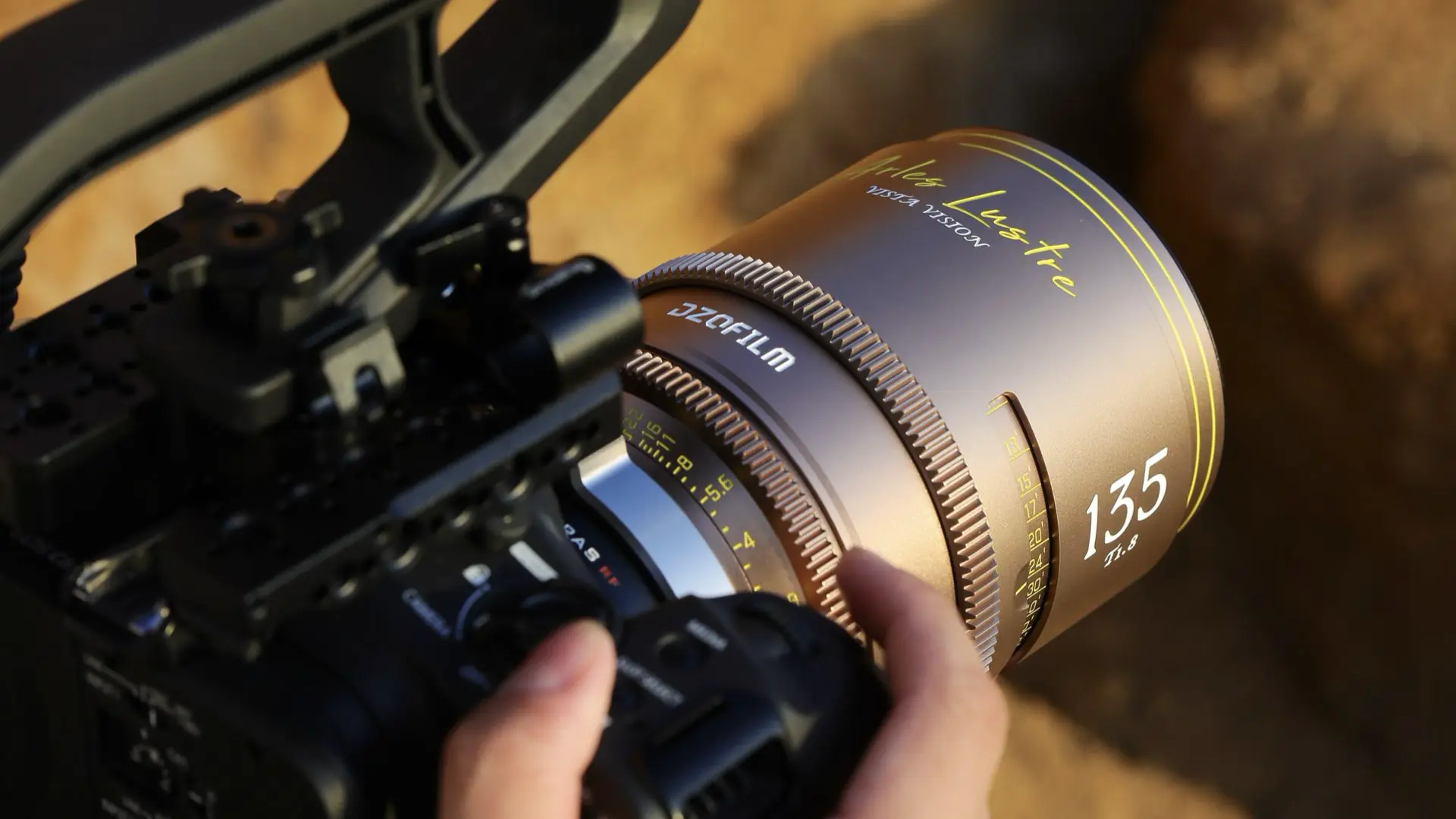
A Practical Build with Creative Intent
From a mechanical standpoint, the Lustre primes follow DZOFILM’s usual attention to usability: lens weights range between 1.4kg and 1.9kg, light enough for handheld or stabilized shooting. Mount options include PL, EF, and LPL, allowing compatibility with most cinema cameras. A KOOP filter system is also supported. Filmmakers can choose from 10 focal lengths between 14mm and 180mm. Individual lenses are priced at $2,999 for key lengths like 25mm, 35mm, 50mm, and 75mm, while a full 10-lens set is available for $26,999. A limited “Desert Gold” edition is also being offered, primarily for collectors and DPs seeking a distinctive look on set.
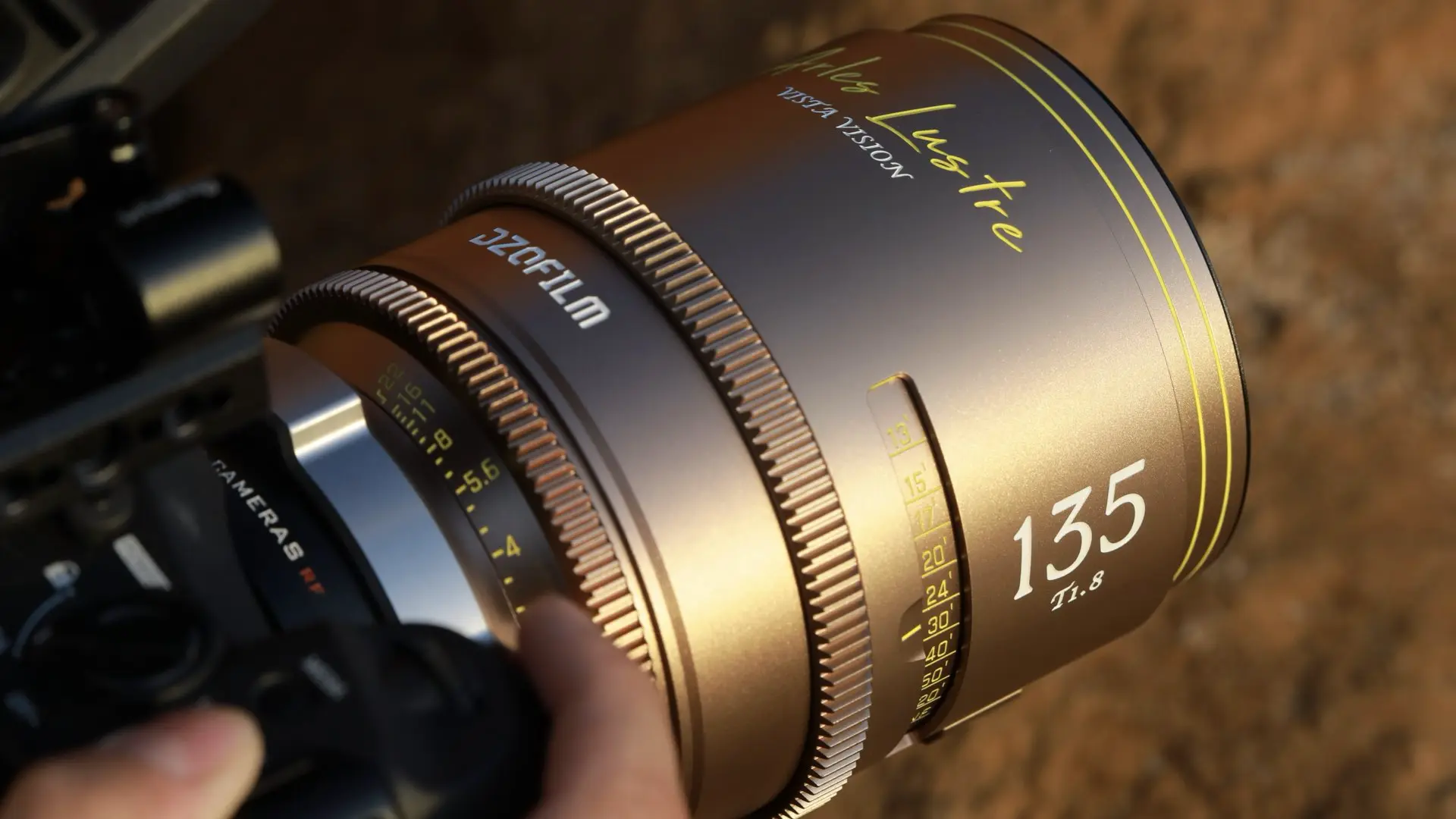
See the DZOFilm Store on Amazon | B&H | Adorama
Context and Considerations
The Arles Lustre release enters a crowded field of lenses that attempt to “recreate the past”—a segment that already includes popular options from companies like Atlas (Orion Anamorphics), Cooke (Panchro/i Classic), and Canon (Sumire Primes). What differentiates DZOFILM is its focus on affordability and accessibility, offering full-frame cinematic primes with boutique aesthetics at a mid-range price point. However, as with any lens series that touts its character, the true test lies not in spec sheets or coatings, but in the footage. The industry will be watching to see whether the Lustre primes deliver a genuinely useful image signature—or simply a stylized look that could be replicated with filters or post-processing.
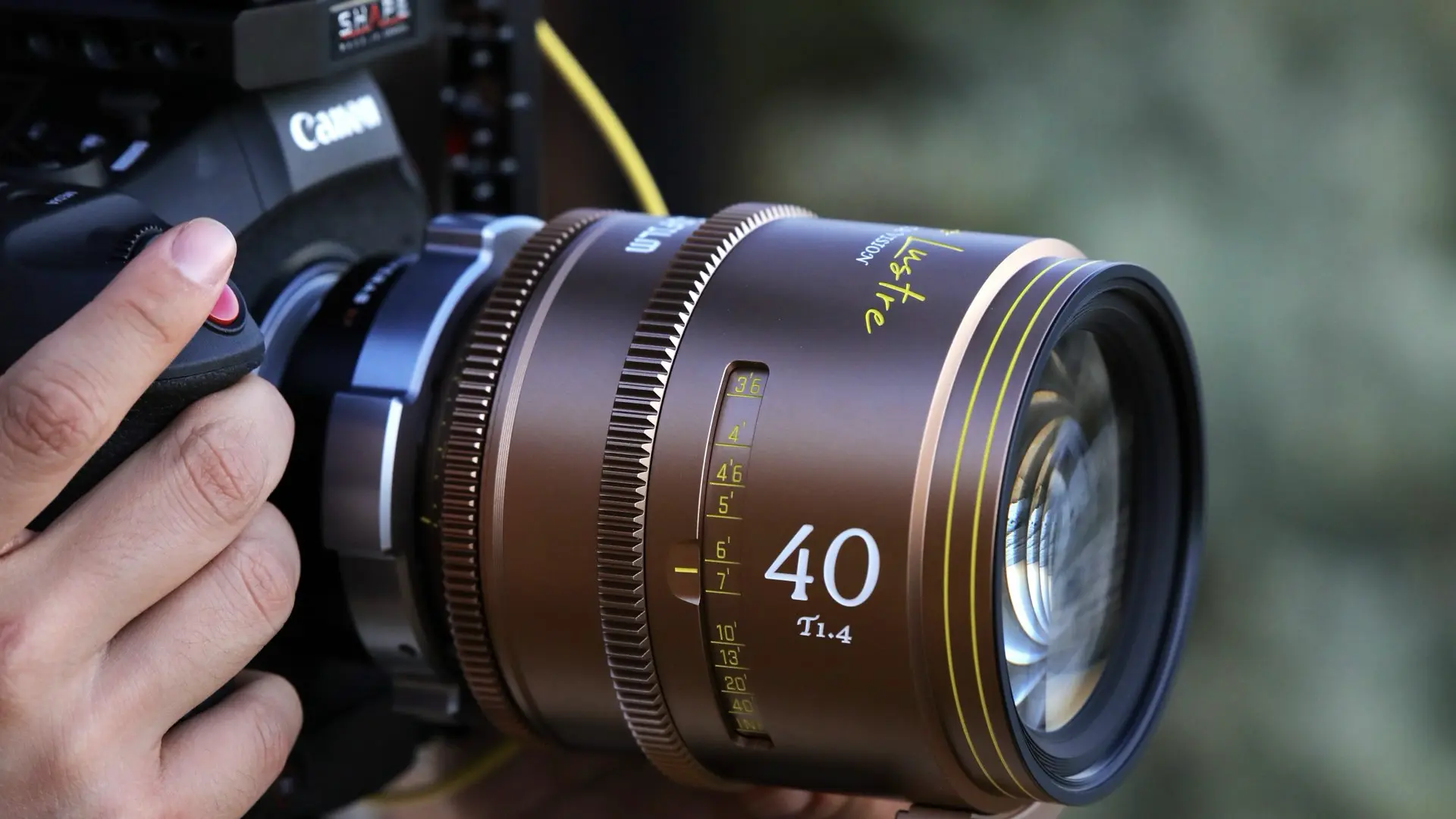
Understanding DZOFILM’s Strategy and Growth
DZOFILM has earned a reputation for producing cine lenses that strike a balance between affordability and professional-grade performance. The company entered the cinema market with a bold goal: to democratize access to full-frame and Super 35 optics without compromising build quality. Their journey began with the introduction of the Vespid Primes—an affordable full-frame prime series that gained immediate traction. This was followed by the Catta Ace FF Cine Zooms and the Catta Ace Set, offering flexible zoom solutions for a growing segment of independent filmmakers and small production houses. In 2022, DZOFILM deepened its creative footprint by launching the Vespid Retro Cine Lenses, giving filmmakers a stylized, vintage-inspired look. More recently, the company expanded into anamorphic territory with the Pavo Anamorphic series, showcasing its ability to serve the high-end narrative and commercial markets. The original Arles T1.4 Vista Vision lenses, released in 2024, were praised for their fast aperture and high-resolution clarity. That launch positioned DZOFILM firmly in the full-frame prime category. More recently, DZOFILM made headlines again with a significant price reduction on the Vespid Primes, reinforcing the brand’s commitment to accessibility. This context is key to understanding the Arles Lustre line: it is less about entering a new market and more about refining a visual philosophy that speaks to a maturing base of creative professionals.
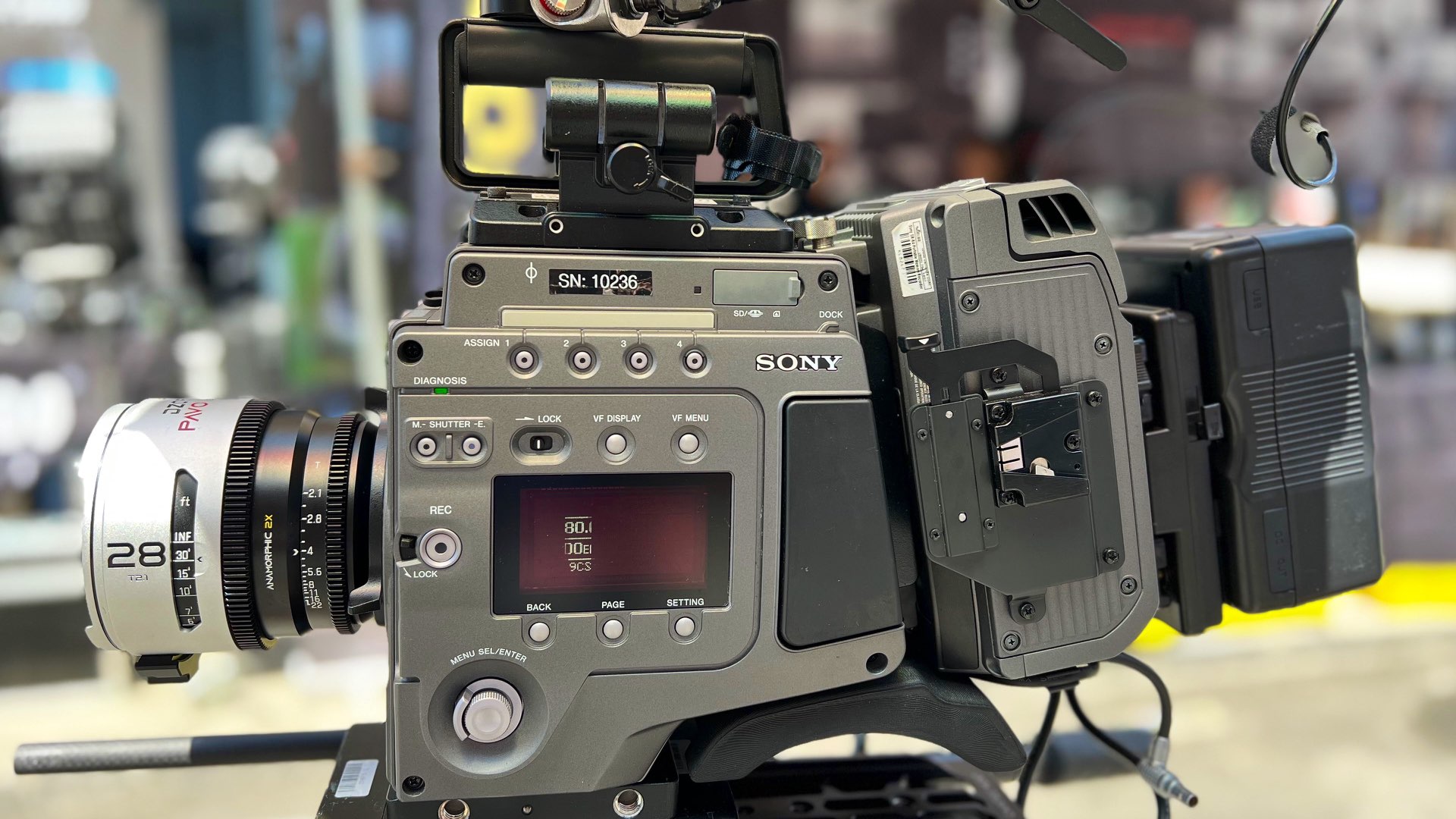
See the DZOFilm Store on Amazon | B&H | Adorama
Arles Lustre Primes Specs and test footage
Explore below the specs table of the DZOFILM Arles Lustre Primes, and some test footage showing the characteristics of these lenses:
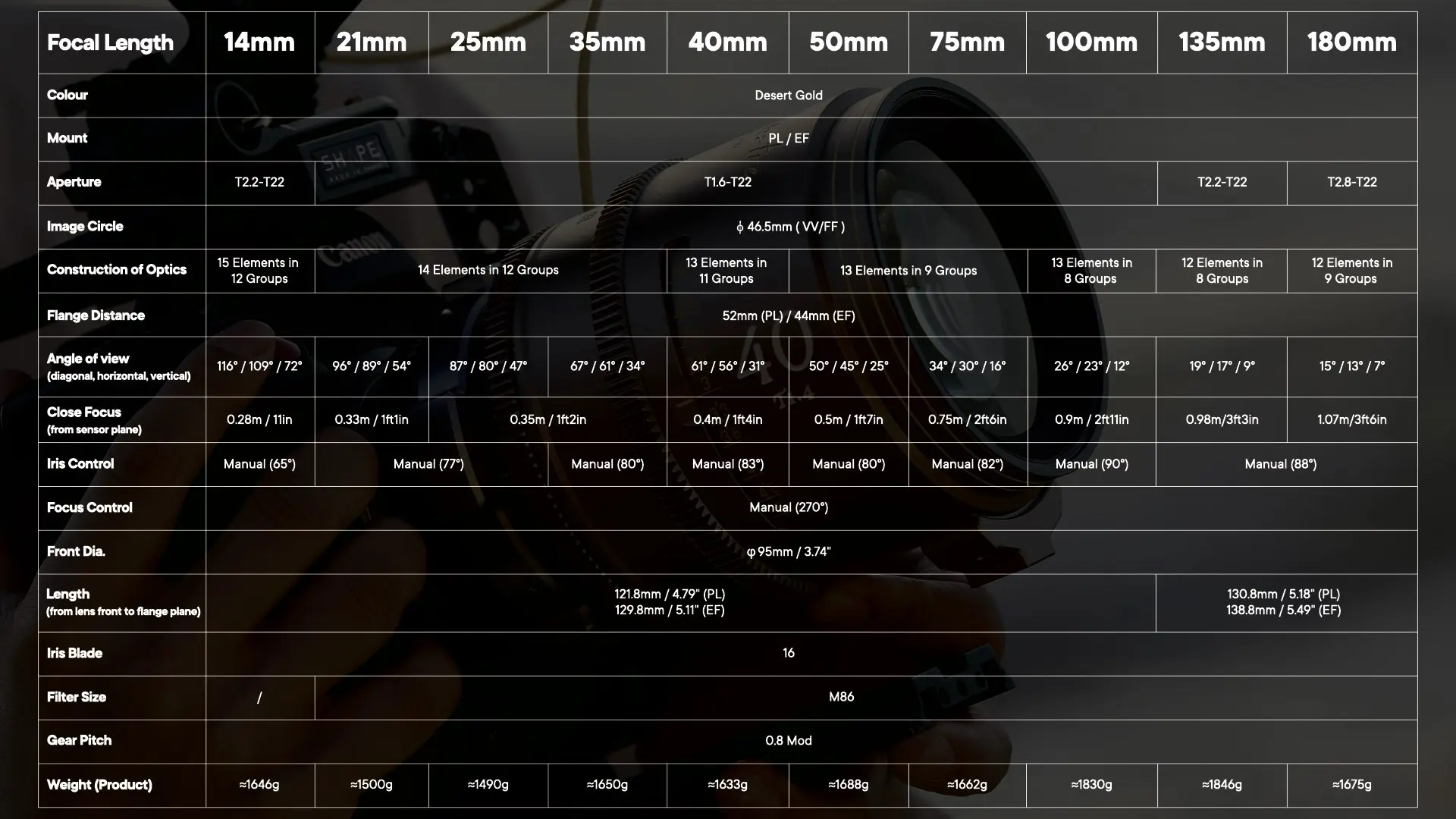
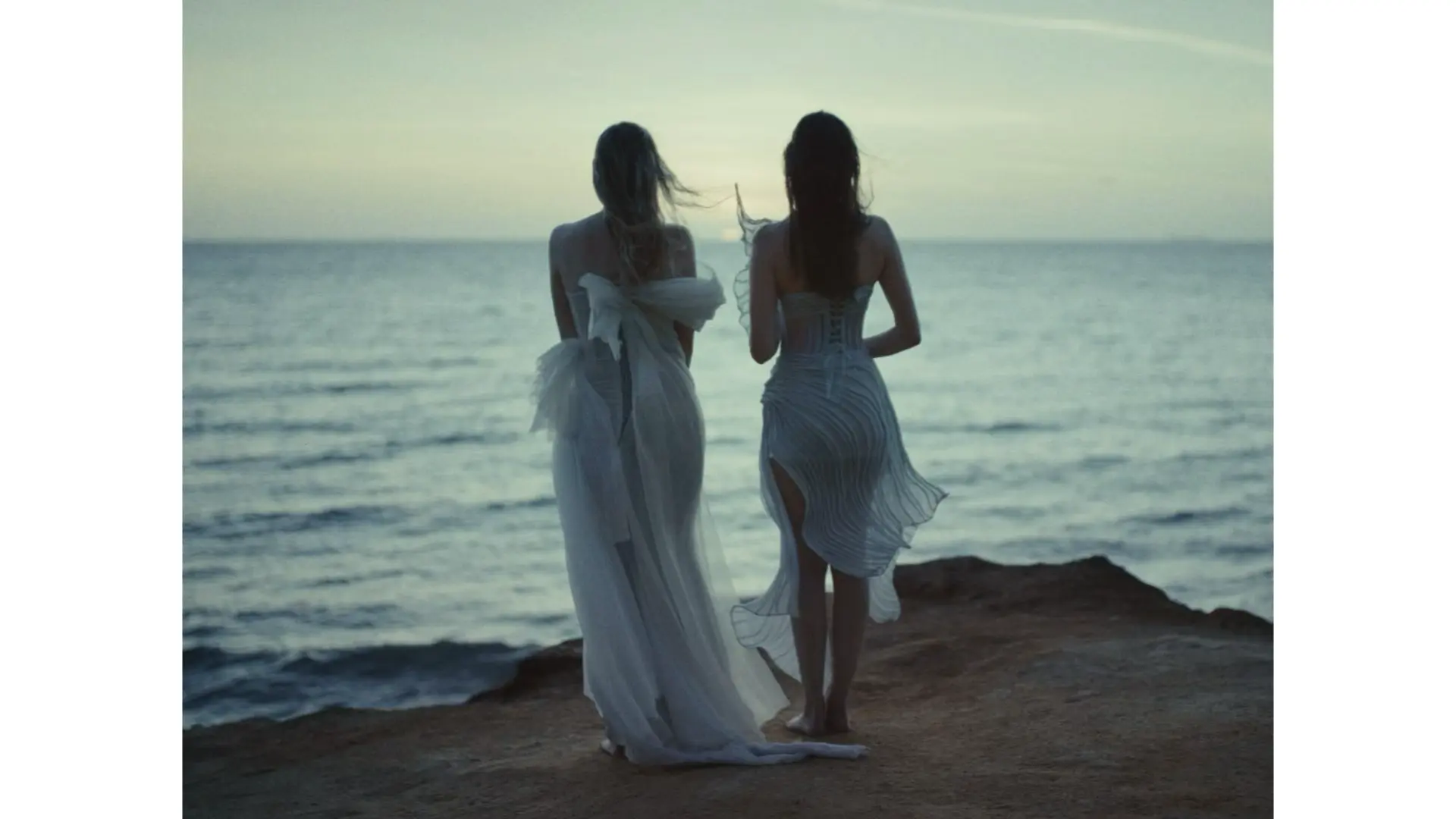
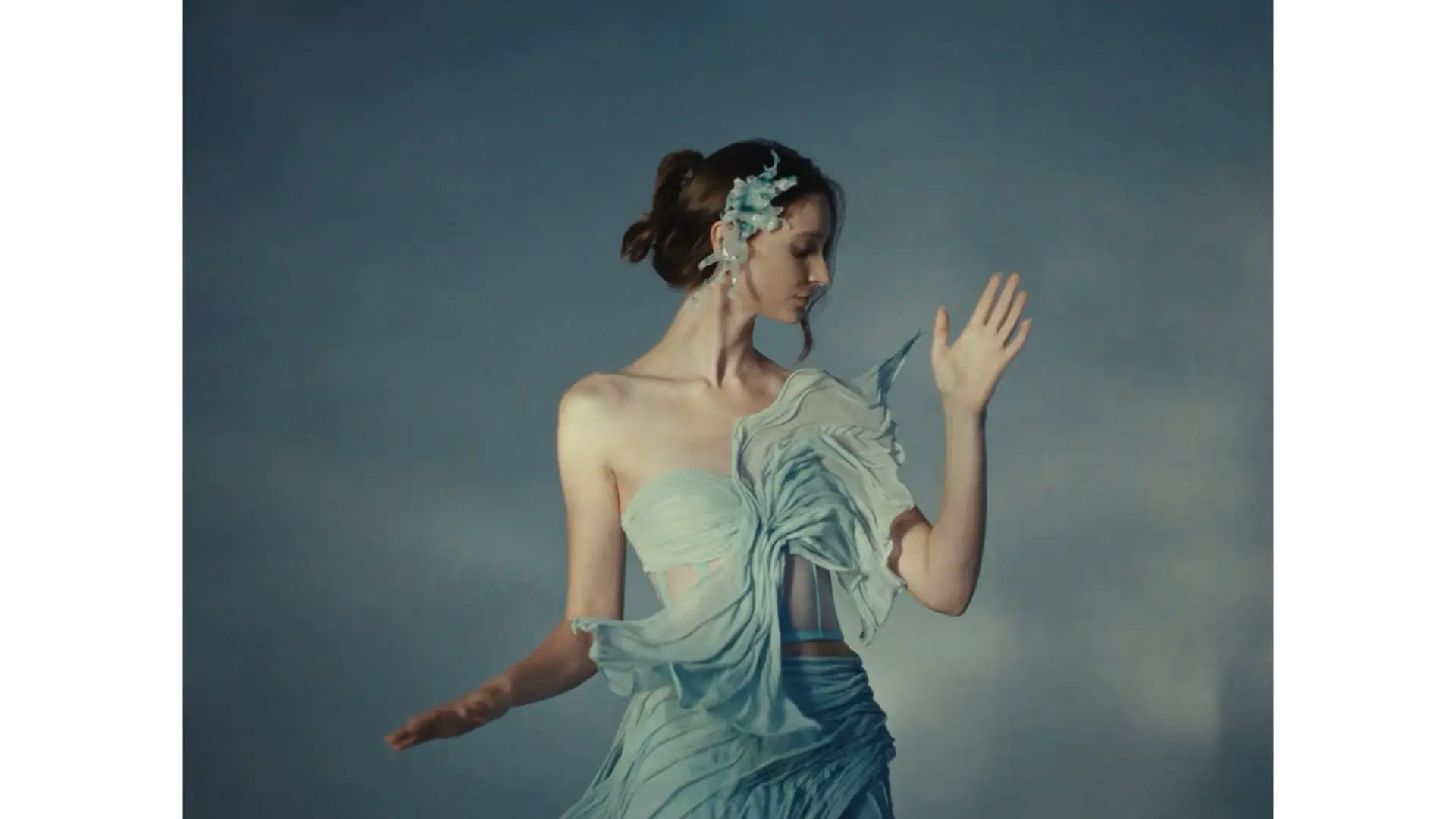
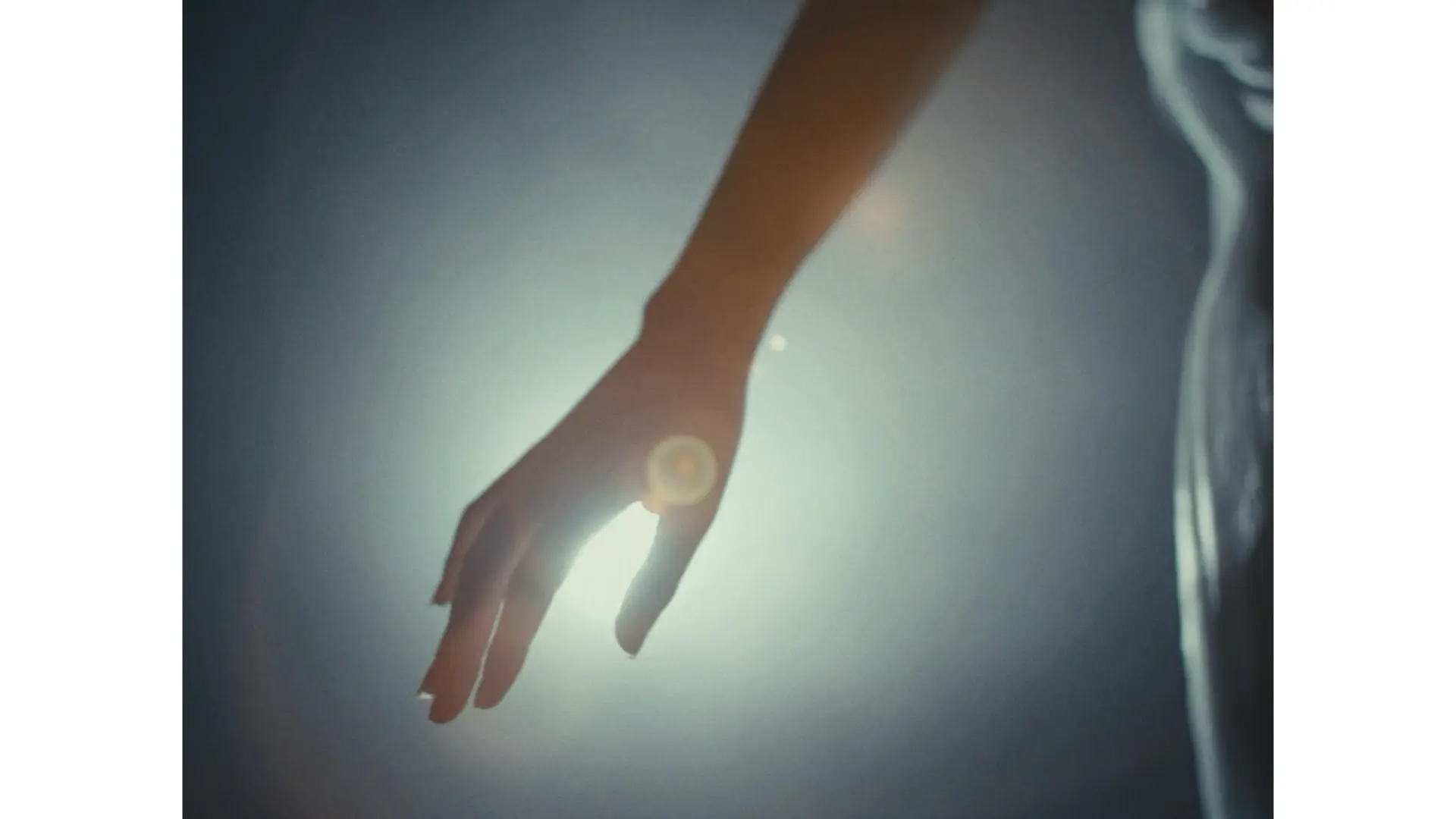
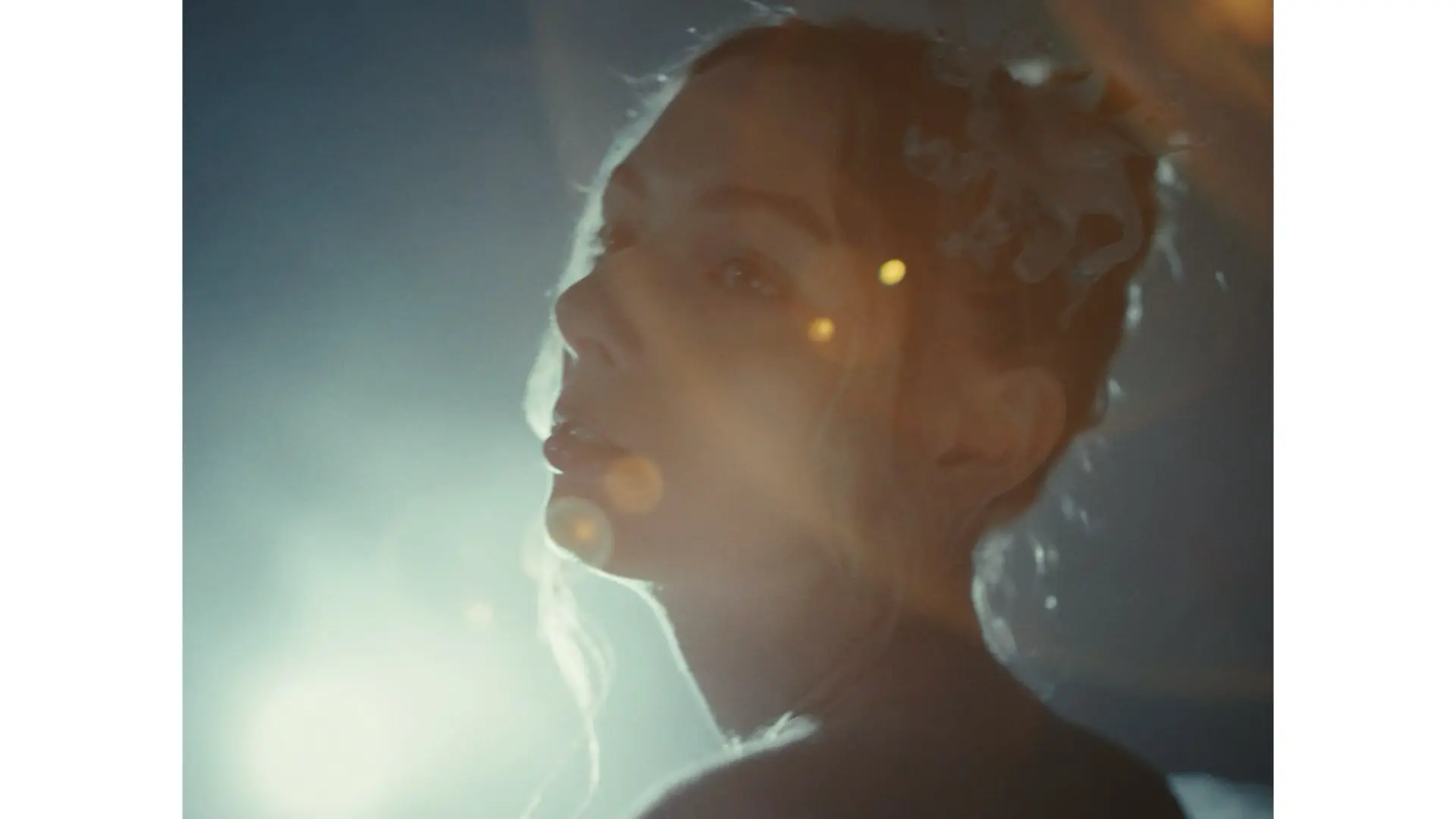
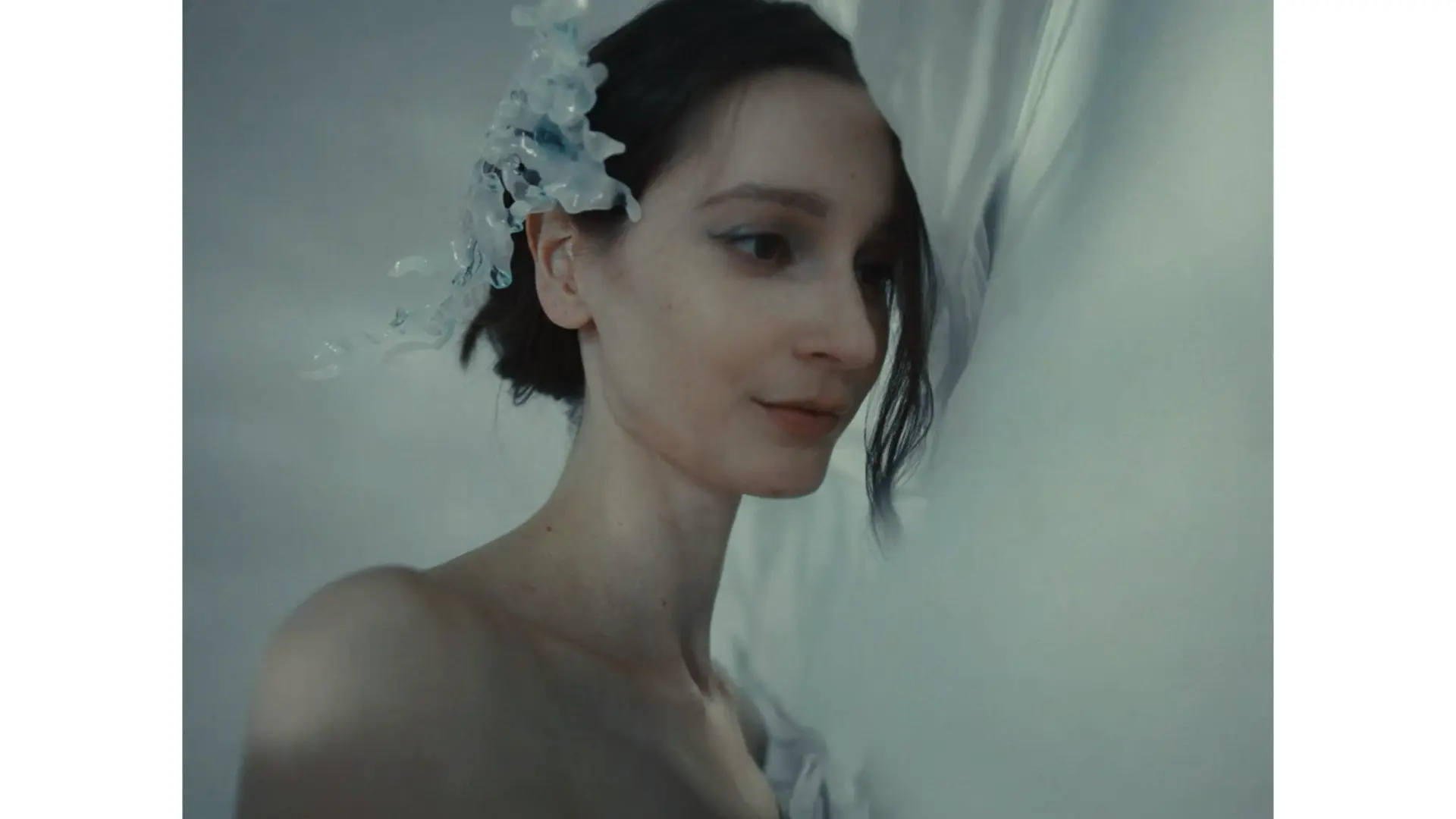
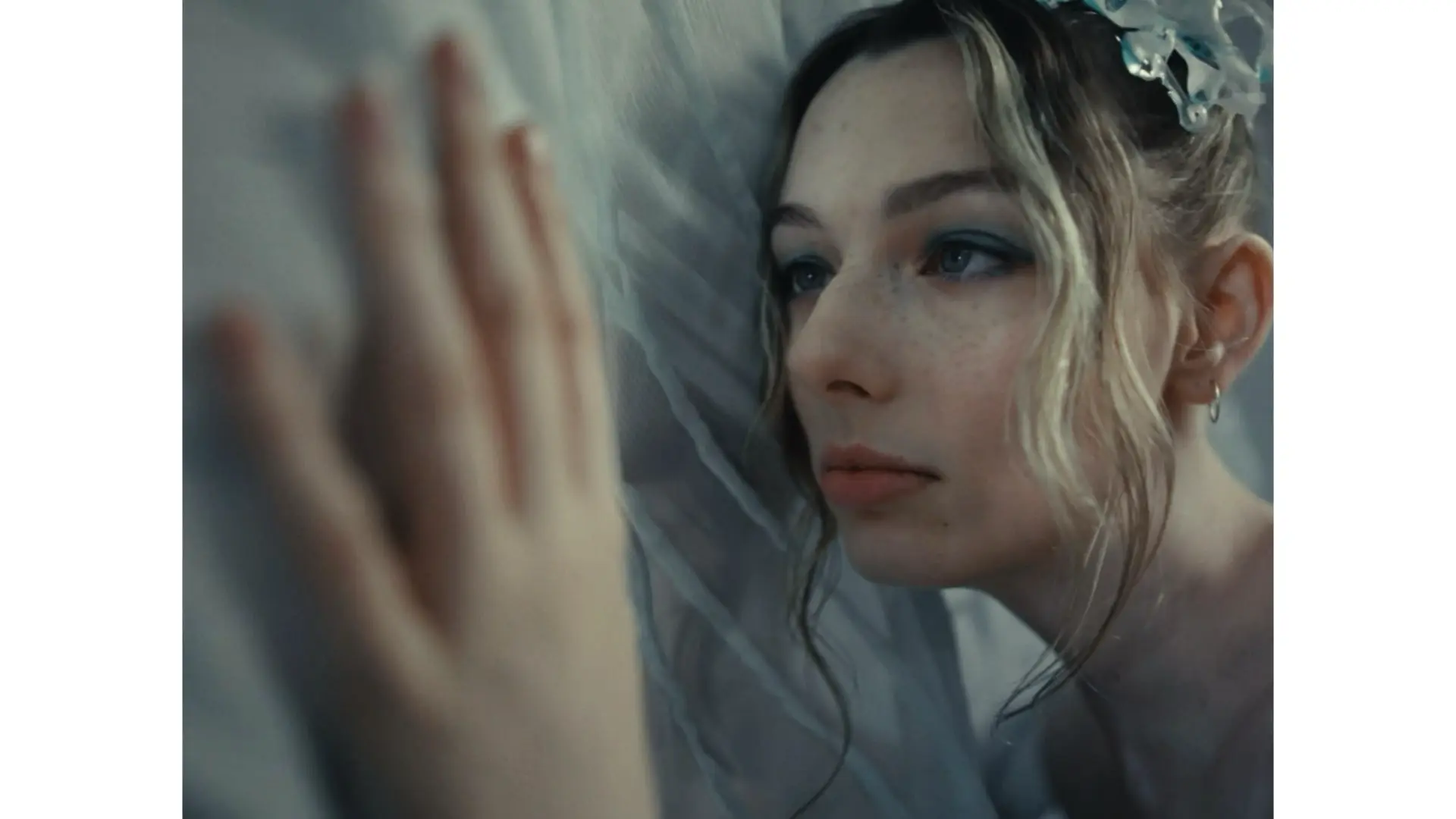
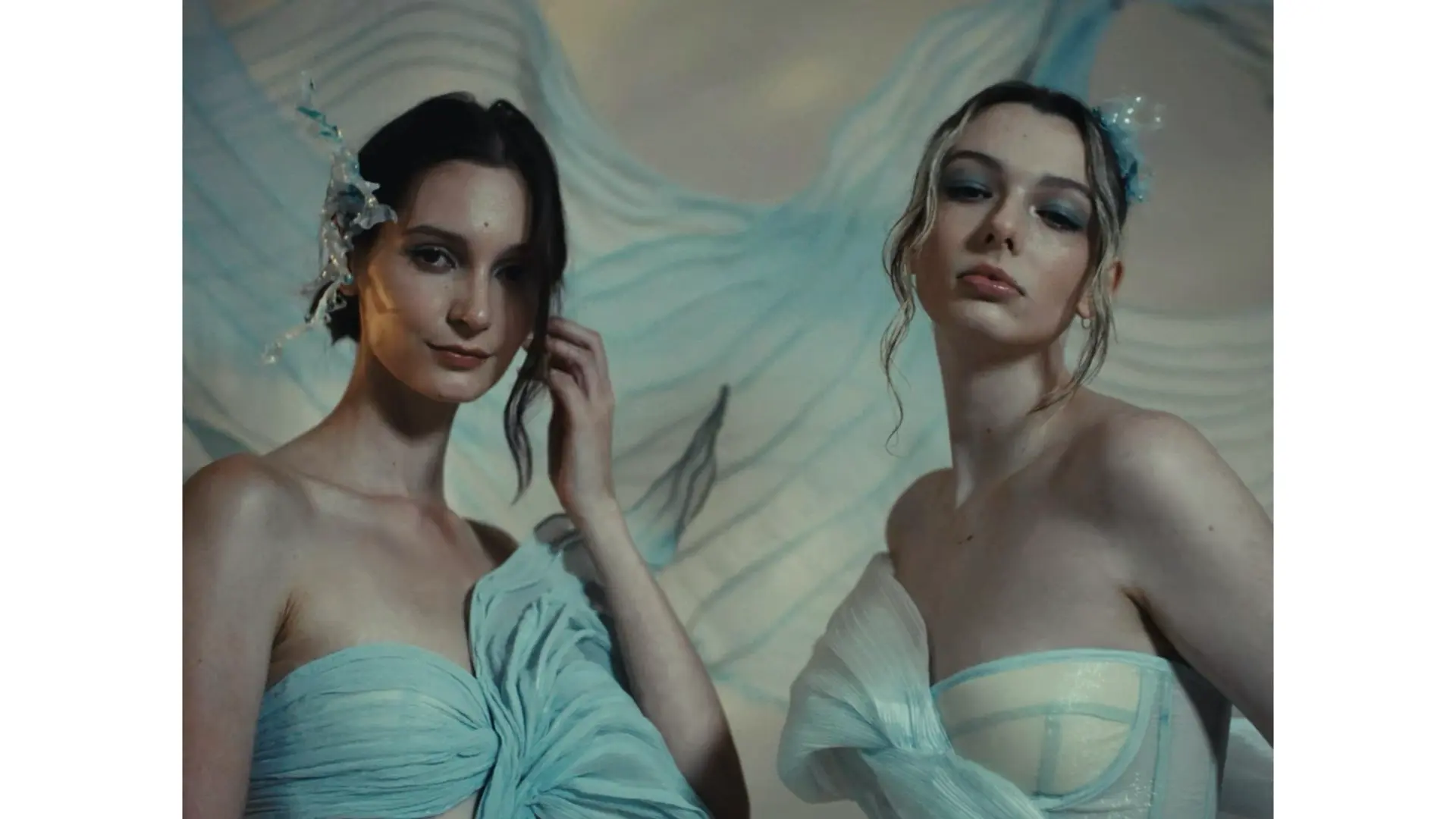
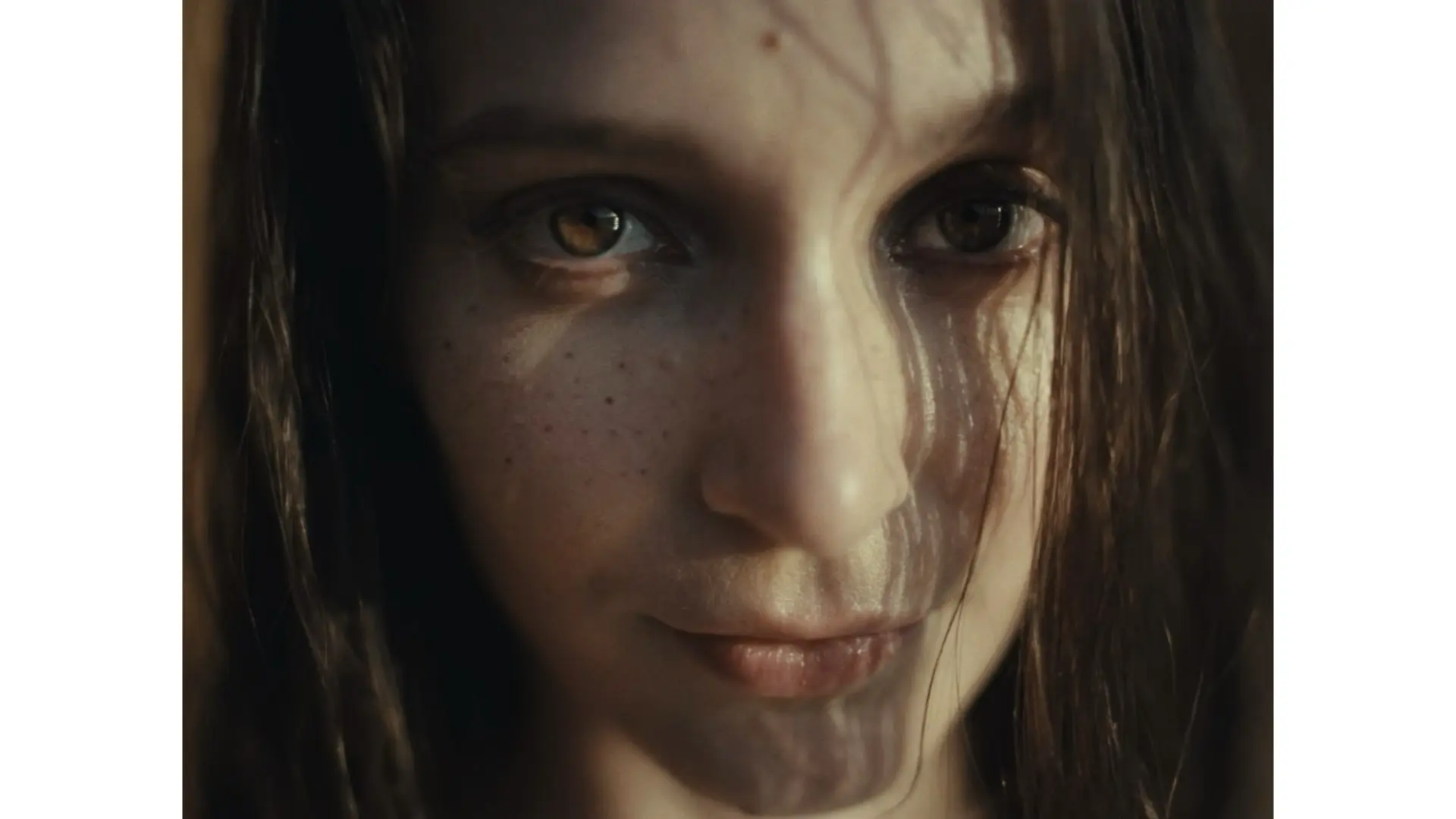
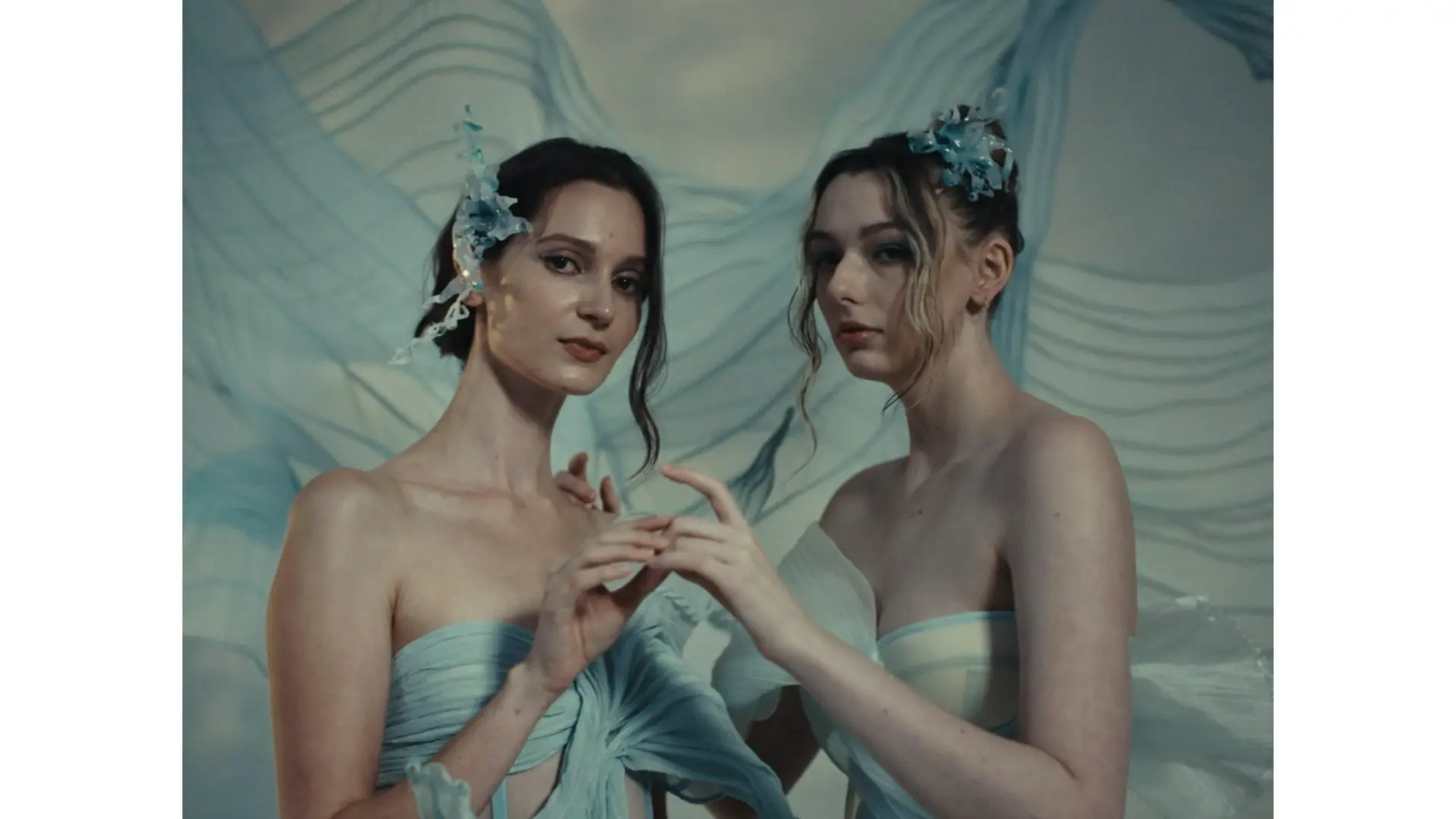
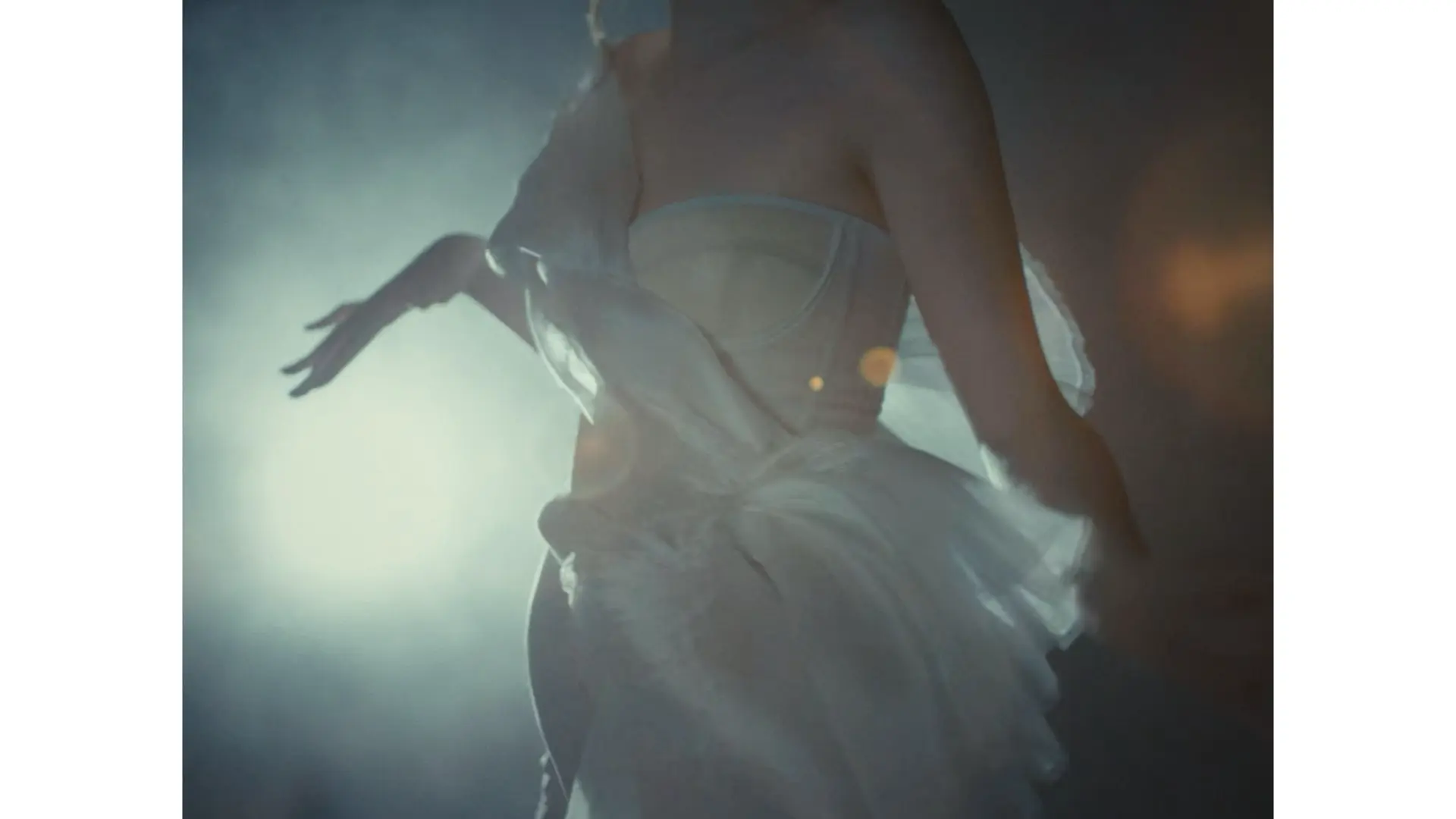
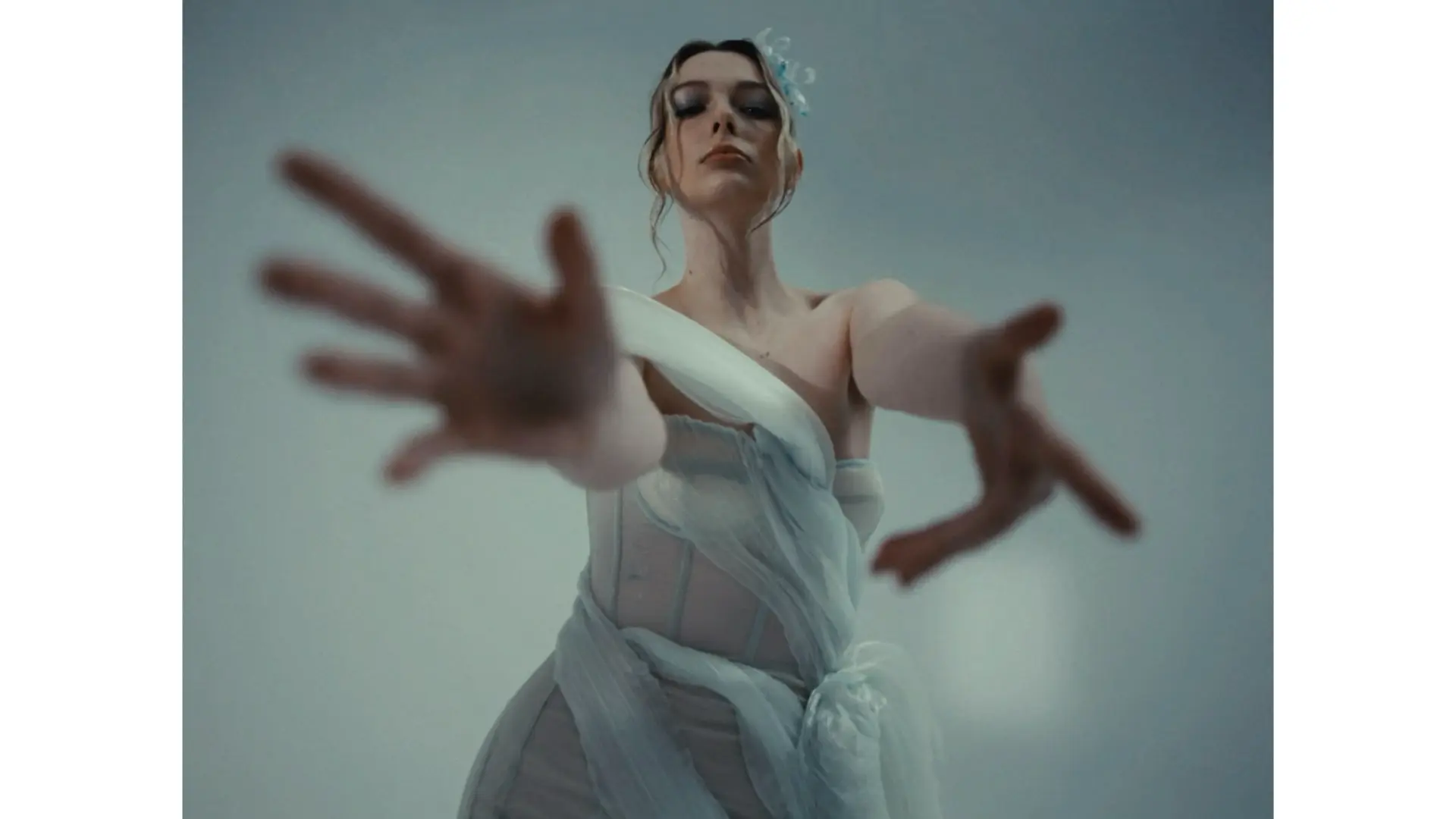
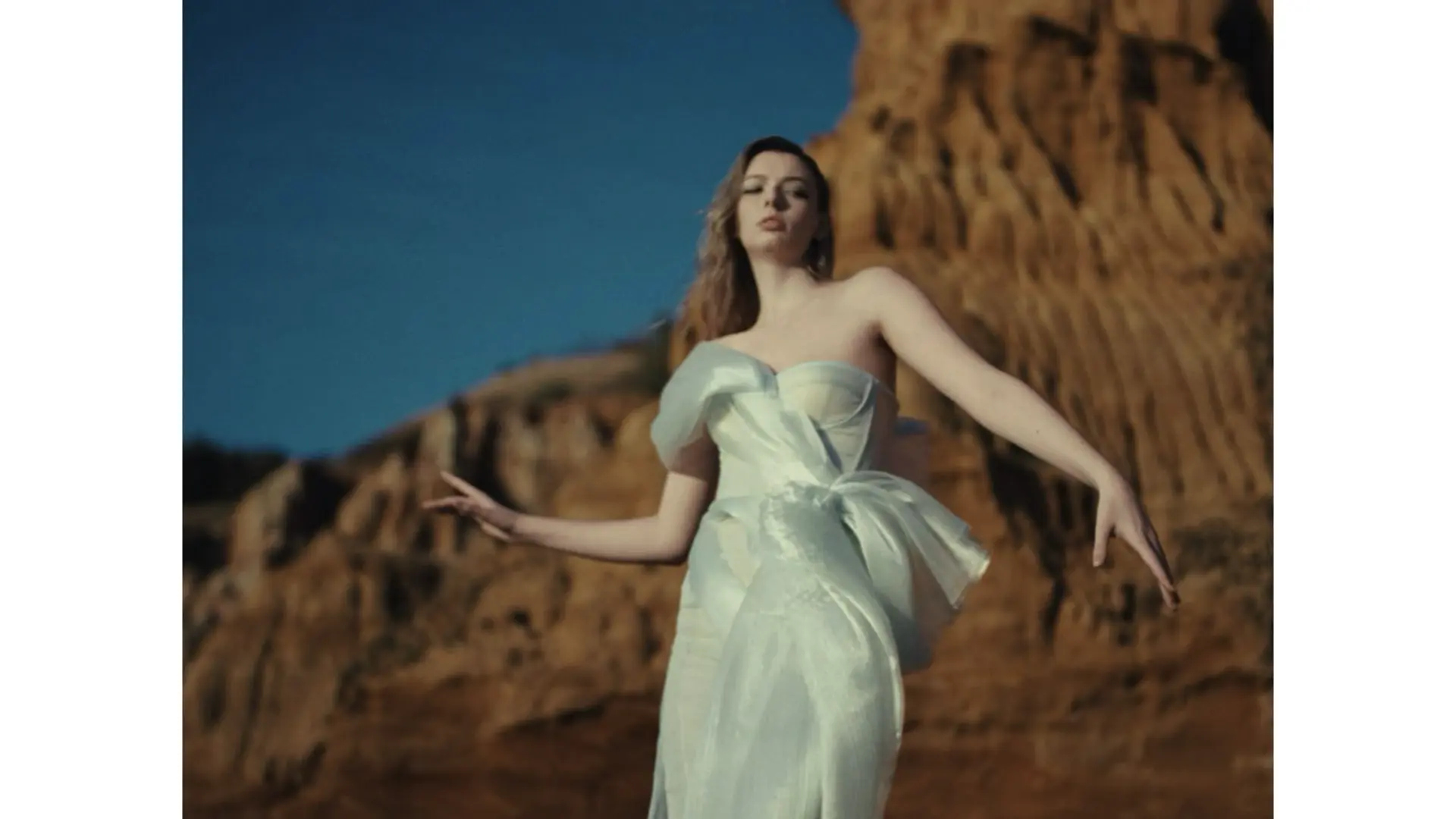
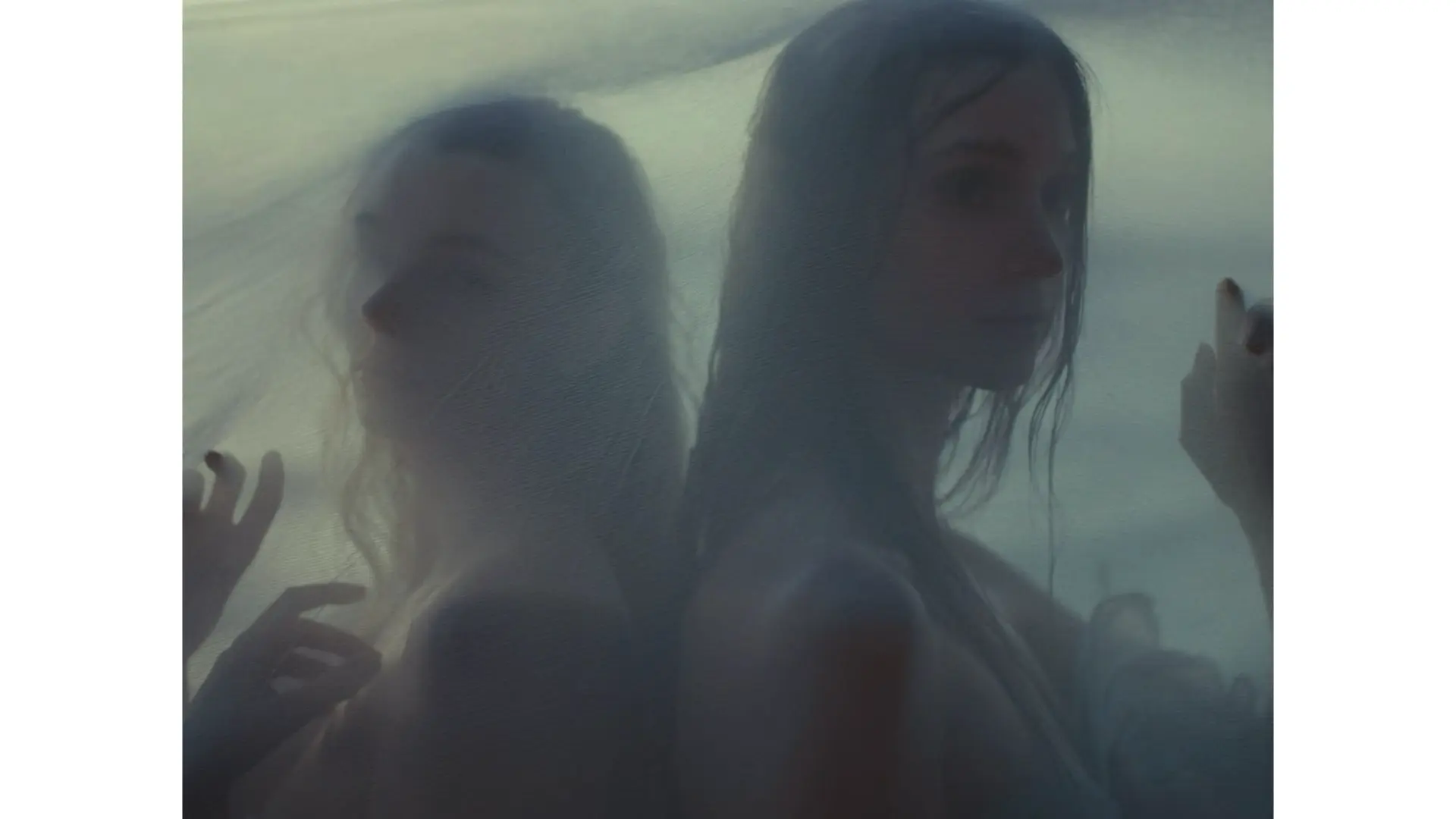
Final Thoughts
DZOFILM’s Arles Lustre primes represent a deliberate pivot toward expressive cinematography. Rather than chasing perfection, these lenses embrace the subtle artifacts and tones that digital sensors often lack. Whether they become a new favorite among DPs will depend on how they perform in real-world productions—but they undoubtedly add to the growing toolbox of filmmakers who value both technology and texture.

